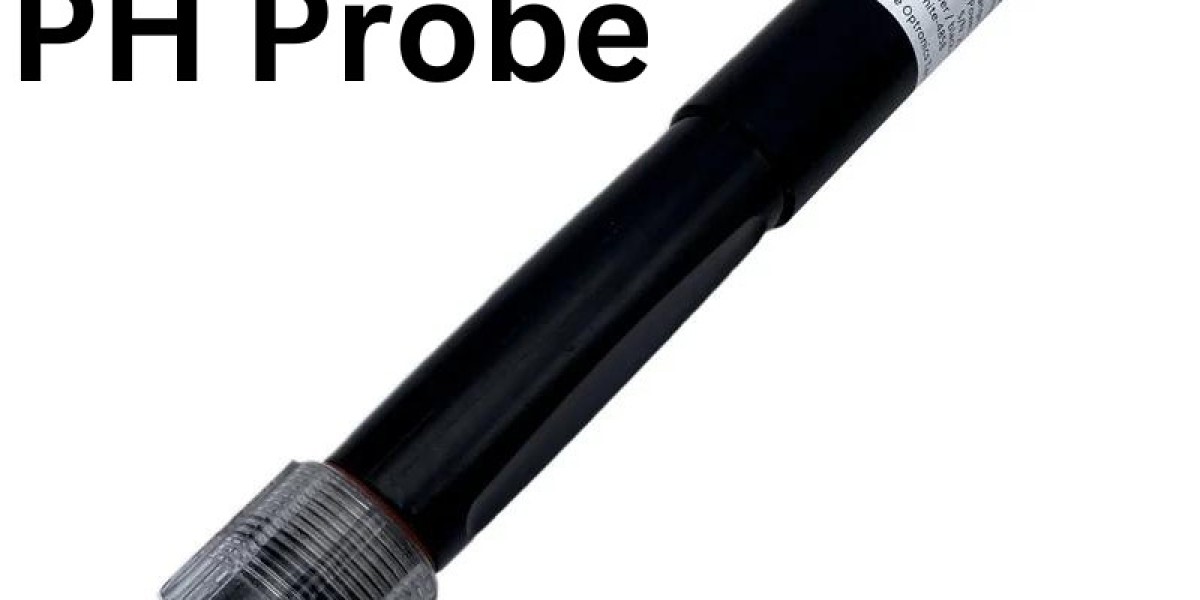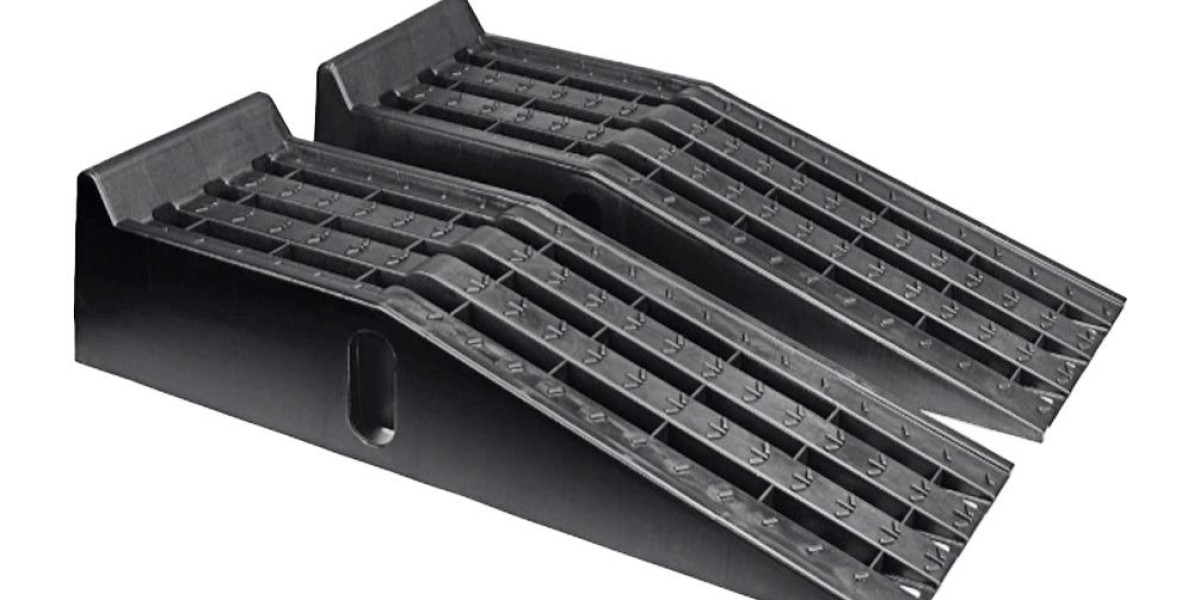One of the most reliable tools for determining pH is the pH probe, a device designed to offer precise and consistent readings in various applications. In this blog post, we will explore the science behind pH probes, their types, applications, and tips for proper maintenance and usage.
What is a pH Probe?
A pH probe, also known as a pH sensor, is a device used to measure the hydrogen ion concentration in a solution. This concentration determines the acidity or alkalinity of the substance, which is then translated into a pH value on a scale from 0 to 14. A pH of 7 is considered neutral, values below 7 indicate acidity, and values above 7 indicate alkalinity.
The pH probe consists of two main components: the glass electrode and the reference electrode. The glass electrode is sensitive to hydrogen ions, while the reference electrode provides a stable voltage for comparison. Together, these electrodes work in tandem to measure the potential difference between the solution and the reference, providing an accurate pH reading.
Types of pH Probes
There are several types of pH probes available, each suited to different applications:
General Purpose pH Probes: These are designed for standard laboratory and industrial use. They provide accurate readings for most solutions and are commonly used in research, quality control, and process monitoring.
Industrial pH Probes: These probes are built to withstand harsh conditions such as extreme temperatures, high pressures, or corrosive chemicals. They are commonly used in manufacturing processes, wastewater treatment, and food production.
Specialty pH Probes: These probes are tailored for specific applications. For instance, some probes are designed for use in high-purity water systems or for monitoring the pH of soil in agriculture. Others may be used for highly corrosive or viscous liquids.
Disposable pH Probes: Some industries, like food and beverage processing, require frequent pH testing. Disposable pH probes offer a cost-effective solution for quick, one-time measurements without the need for maintenance or calibration.
Applications of pH Probes
pH probes are used in a wide range of industries and fields, including:
Agriculture: pH measurement is critical for soil analysis and ensuring optimal conditions for plant growth. pH probes help farmers adjust soil acidity or alkalinity to improve crop yields.
Environmental Monitoring: pH probes are frequently used in water bodies, rivers, lakes, and oceans to assess water quality. Monitoring the pH of water helps detect pollution or changes that could impact aquatic ecosystems.
Food and Beverage: Maintaining the correct pH level in food and beverages ensures consistency in taste, texture, and safety. pH probes are used in fermentation, brewing, dairy processing, and other food production processes.
Pharmaceuticals and Cosmetics: The pH of formulations in pharmaceuticals and cosmetics is crucial for product stability and skin safety. Accurate pH measurement ensures the effectiveness and safety of these products.
Chemicals and Manufacturing: In chemical processes, pH measurement is essential for controlling reactions and ensuring product quality. pH probes are used to monitor processes such as mixing, neutralization, and filtration.
Proper Maintenance and Calibration of pH Probes
To ensure accurate readings, pH probes require regular maintenance and calibration. Here are some tips for keeping your probe in top condition:
Clean the Probe Regularly: After each use, clean the pH probe with distilled water to remove any residue or contamination. For stubborn deposits, a mild detergent solution or a specialized cleaning solution may be necessary.
Store Properly: pH probes should be stored in a storage solution recommended by the manufacturer, usually a pH 4 or pH 7 buffer solution. Storing the probe dry or in tap water can cause the electrode to dry out and become less responsive.
Calibrate the Probe: pH probes must be calibrated regularly to maintain accuracy. Calibration is done by immersing the probe in standard buffer solutions with known pH values, typically pH 4, pH 7, and pH 10. Follow the manufacturer’s instructions for optimal calibration procedures.
Check for Damage: Over time, pH probes may wear out or become damaged. If the readings are inconsistent or the probe is not responding correctly, it may need to be replaced.
Conclusion
pH probes are indispensable tools for precise pH measurement in a variety of industries. Understanding their function, types, and applications can help users choose the right probe for their specific needs. Regular maintenance and calibration ensure that the probe remains accurate and reliable over time. Whether you're monitoring water quality, controlling a manufacturing process, or ensuring the safety of food products, investing in a high-quality pH probe is crucial for achieving optimal results.



